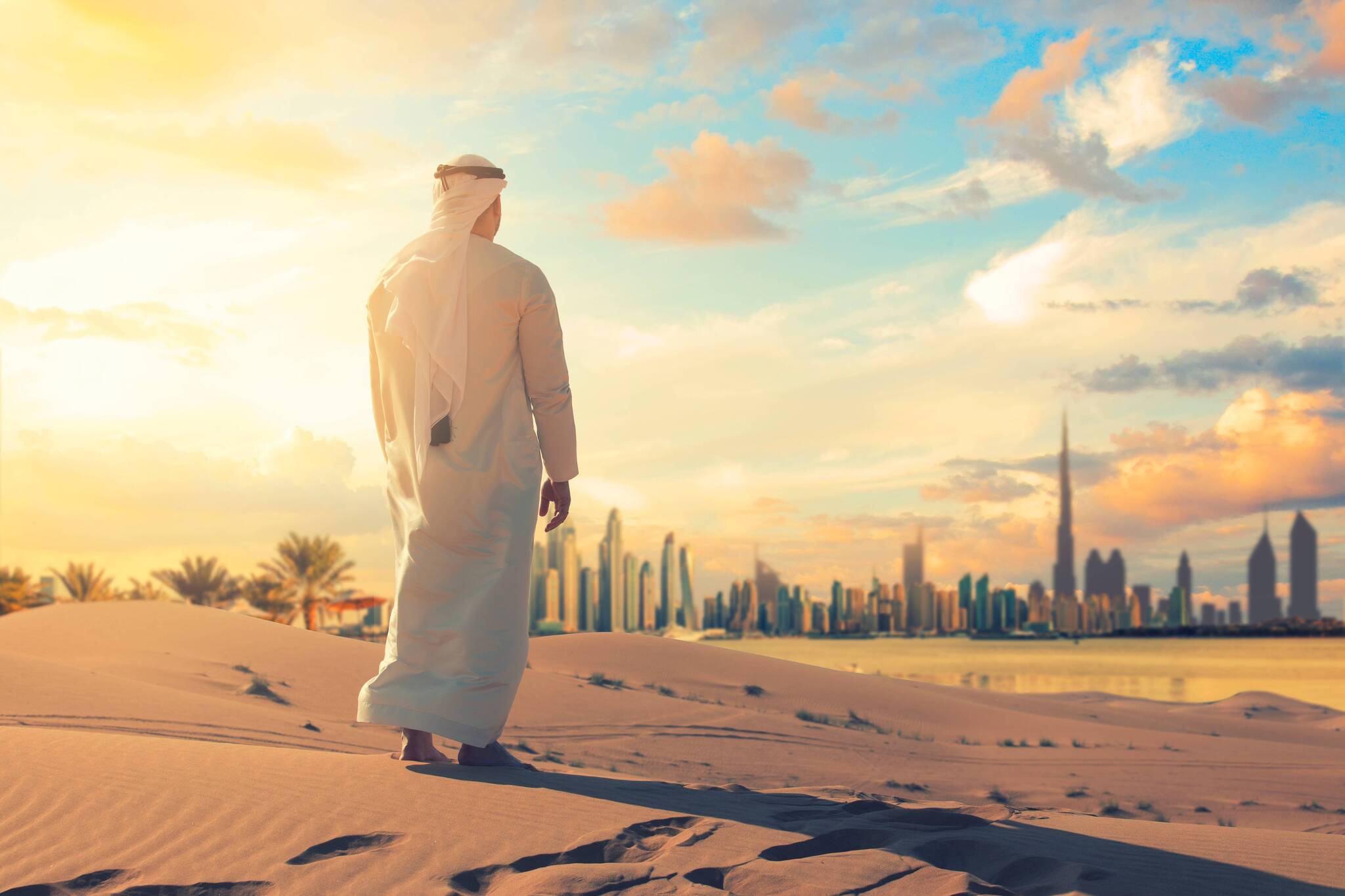Permavoid Shallow Geocellular Water Management System
Permavoid is our award-winning water management solution, designed to provide shallow water storage for attenuation, detention or soakaway/inf

There’s no doubt that the integration of increased creativity, functionality and sustainability in everyday life is rapidly developing as a growing global trend. As with most trends, the Gulf Region and the UAE are not far behind.
What better examples than the region’s beautiful landscape gardens such as Miracle Garden, the world’s largest natural flower garden, or the growing popularity of green spaces on high-rise roofs developments, such as Seventh Heaven – a project that truly embodies the idea of an oasis in the desert.
The ever-expanding cities of the region have become known for their brilliant ability to transform ambitious architectural visions into reality. However, such significant growth rarely comes without challenges.
Echoing the true spirit of the region, it seems that no challenge is too large to conquer. Founding father of the UAE, Sheikh Zayed Bin Sultan Al Nahyan, had a vision to transform the desert into a green haven; a dream that is slowly but surely turning into a reality.
Regional governments have realised the importance of sustainability and green development. Revamping of parks, creation of open spaces and increasing the walkability factor in cities have all become a priority to development in the region. Developers and architects are also placing increased focus on the resilience of projects and are continuously looking for ways to incorporate more sustainable industry practices.
How Does this Affect the Way We Use Water?
The harsh desert climate that dominates the region, coupled with rapid urbanisation and population growth, does not make water so easily available.
Continued widespread use of traditional, less sustainable water management methods across the region, together with a heavy reliance on desalination and a high rate of water consumption per capita, places significant stress on the availability of this precious natural resource.
Fortunately, things are changing. A more holistic approach to water management is being more widely adopted in the GCC and is expected to considerably improve the region’s water security.
Never put it past this region’s innovative cities to make the impossible possible. Governments, private organisations and individuals are searching for ‘greener’ solutions that support sustainable development and contribute to the creation of an urban desert oasis.
How Are More Sustainable Solutions Being Engaged?
Sustainability lies increasingly at the heart of future plans for governments across the region.
For example, creating and maintaining a sustainable environment and infrastructure has been identified as a key pillar of the UAE Vision 2021, which includes decreasing the country’s water scarcity index. In Oman, the government is offering all Omanis lessons in schools, universities and workplaces, to learn about the importance of sustainability. In Qatar, the government has created The Qatar National Vision 2030, with the goal of providing a high standard of living for all citizens by the year 2030 through the incorporation of green buildings and enhanced sustainability practices in hospitality, construction and technology industries.
The adoption of more sustainable water management solutions in both the public and private sector is a clear indicator of positive change.
People are looking to employ more responsible water management solutions in diverse projects ranging from commercial high-rise buildings to residential housing developments:
Sustainable Urban Drainage Systems (SuDS):
Increasingly viable solutions are being considered to improve ensuing water shortage issues:
Learn more about the adoption of such solutions to address water scarcity in the region.

The incorporation of green spaces into the heavily urbanised environments of the region also supports enhanced water management in the region:
Support for Green Urbanisation
Economic and governmental reform is the most significant driver in bringing about more sustainable solutions for water conservation. Strategies to support a greener infrastructure are already underway in the many cities in the Gulf.
For example, The UAE Water Security 2036 aims to reduce average consumption of water per capita by half and reduce total demand for water resources by 21%.[i]
The key is combining these initiatives with efforts to educate the public on better water consumption habits. The household sector in the UAE accounts for 24% of total water consumption, of which the largest contributor is the use of AC systems.[ii] Raising awareness can encourage residents to reconsider their water consumption practices.
Overall, the growing popularity of sustainable solutions in the region is hopeful. Polypipe Middle East supports reliable, engineered solutions that work with water, instead of against it, to incorporate more efficient solutions whilst maximising profit for projects.
Our team of experts is on hand to discuss solutions that encourage harnessing the power of water for more sustainable solutions.
Contact us today to discuss the 'greening' of your project:
Tel: +971 (0) 4 518 3000
Email: middleeast@polypipe.com
Permavoid is our award-winning water management solution, designed to provide shallow water storage for attenuation, detention or soakaway/inf
Polystorm is an efficient and versatile geocellular water management system for Sustainable urban Drainage Systems (SuDS) compliant attenuation, det